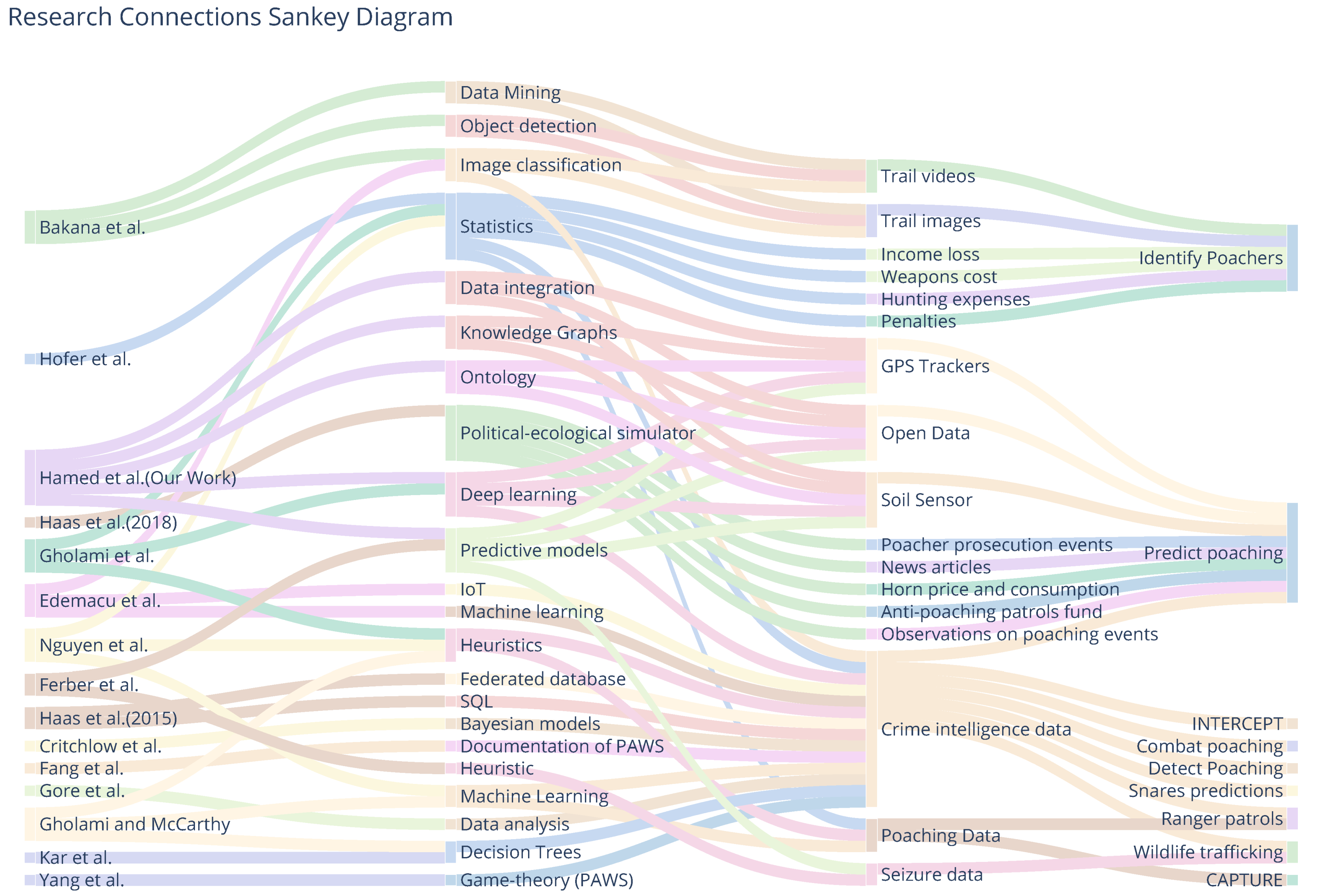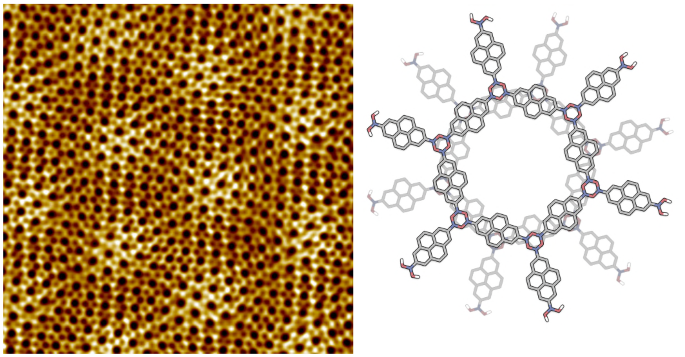2025-02-24 カーディフ大学
<関連情報>
- https://www.cardiff.ac.uk/news/view/2896666-how-ai-can-help-prevent-elephant-poaching
- https://www.mdpi.com/1424-8220/24/24/8142
PoachNet: オントロジーベースの知識グラフによる密猟の予測 PoachNet: Predicting Poaching Using an Ontology-Based Knowledge Graph
Naeima Hamed,Omer Rana,Pablo Orozco-terWengel,Benoît Goossens and Charith Perera
Sensors Published: 20 December 2024
DOI:https://doi.org/10.3390/s24248142

Abstract
Poaching poses a significant threat to wildlife and their habitats, necessitating advanced tools for its prediction and prevention. Existing tools for poaching prediction face challenges such as inconsistent poaching data, spatiotemporal complexity, and translating predictions into actionable insights for conservation efforts. This paper presents PoachNet, a novel predictive system that integrates deep learning with Semantic Web reasoning to infer poaching likelihood. Using elephant GPS data extracted from an ontology-based knowledge graph, PoachNet employs a sequential neural network to predict future movements, which are semantically modelled and incorporated into the graph. Semantic Web Rule Language (SWRL) is applied to infer poaching risk based on these geo-location predictions and poaching rule-based logic. By addressing spatiotemporal complexity and integrating predictions into an actionable semantic rule, PoachNet advances the field, with its geo-location prediction model outperforming state-of-the-art approaches.



